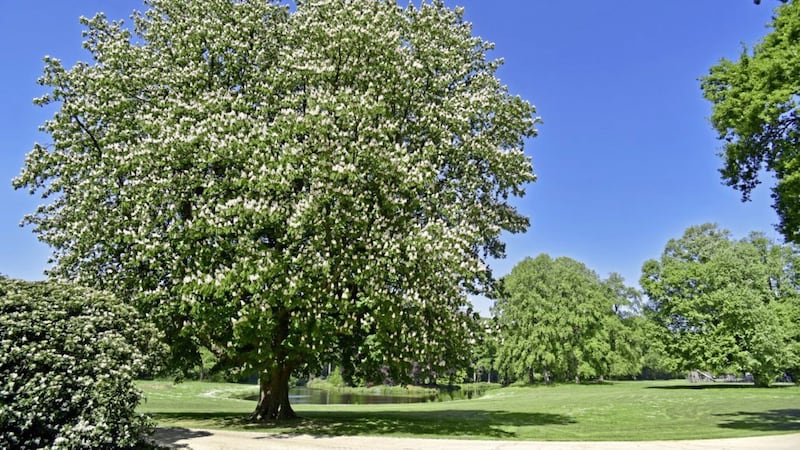MOST of us, I suspect, have, at some stage through the different lockdown periods, binged on some television favourites. I found myself returning to re-runs of the classic comedy Dad’s Army, where Captain Mainwaring’s Home Guard platoon of local volunteers protect the fictional seaside town of Walmington-on-Sea from a possible German invasion across the English Channel during the Second World War.
The unit, consisting mostly of eccentric men, over military age, are led by the self-appointed, pretentious Mainwaring, often with hilarious consequences.
In the episode Asleep in the Deep, the platoon find themselves trapped in a local pumping station after a bomb has fallen. Realising their situation, Captain Mainwaring appoints Sergeant Wilson to cheer up the men by singing Underneath the Spreading Chestnut Tree but as the singing begins, the room starts to fill with water from a burst pipe. At this, we hear Private Frazer in his distinctive Scottish accent utter his catchphrase, "We’re doomed. Doomed!"
This prompted to me to consider more closely the spreading horse chestnut tree, under which I walk most evenings, at the foot of my local brae, its branches extending out beyond the footpath.
At its best in the autumn, when the tree’s large, hand-shaped palmate leaves begin to fall and its bright shiny conkers break free from spiky green husks, much sought after for the traditional game of ‘conkers’, the currently bare overarching branches hint at the glory to come.
Curiously there is some symmetry around this chestnut tree as its curled, arm-waving branches are close to where one of our own village Blacksmiths once plied his trade, just like in Henry Wadsworth Longfellow’s 1840 poem The Village Blacksmith where, ‘Under a spreading chestnut-tree/The village smithy stands;…./With large and sinewy hands’.
Like the children in the poem, many a time in my youth I too, looked ‘in at the open door… to see the flaming forge/And hear the bellows roar’.
Aesculus hippocastanum, a non-native tree, is thought to have been introduced here in the 17th century from the Balkans in south-eastern Europe and is now naturalised in Ireland, commonly seen in woodlands, parks, and streets. In the coming months of April and May chestnut trees will produce their candle-like upright flowers of pink and white, which after pollination by various insects will develop into conkers in their protective spiny cases.
This fruit gives rise to the name ‘buckeye’, used for the tree because of its resemblance to a deer’s eye. Some suggest the 'horse’ in its name is a reference to the leaf scar left when the leaf falls away from a twig, which resembles a horseshoe with nail holes. Others offer that, where the trees were native, conkers were used to heal wounds on horses.
Unlike the fruit of the sweet chestnut, a roasted winter treat for many, the horse ‘chestnut’ or ‘cnó capaill’ in Irish, is inedible to humans and although also mildly poisonous to most animals, it seems deer and some other small mammals can eat them. There is little folklore concerning the horse chestnut in Ireland, possibly because it is an introduced species, but one universal story which has followed conkers is that their presence lying around your house can deter spiders.
There were many times throughout the past year when we collectively shared the feeling of ‘doom’ which Frazer mentioned, but as I look up and watch the chestnut tree’s large red buds continue to swell, I know the song of the chiffchaff is also near, about to confirm the arrival of spring, the season of abundant hope.








